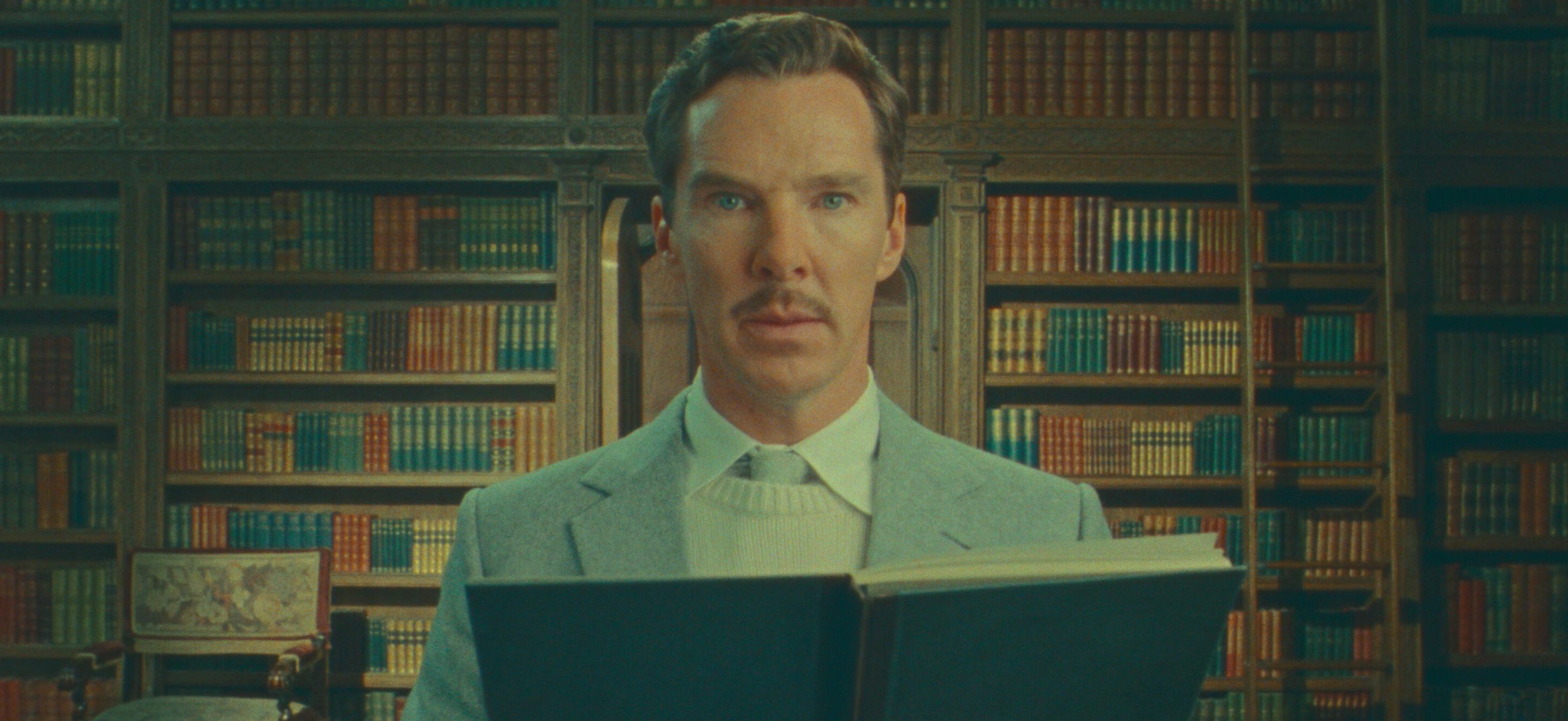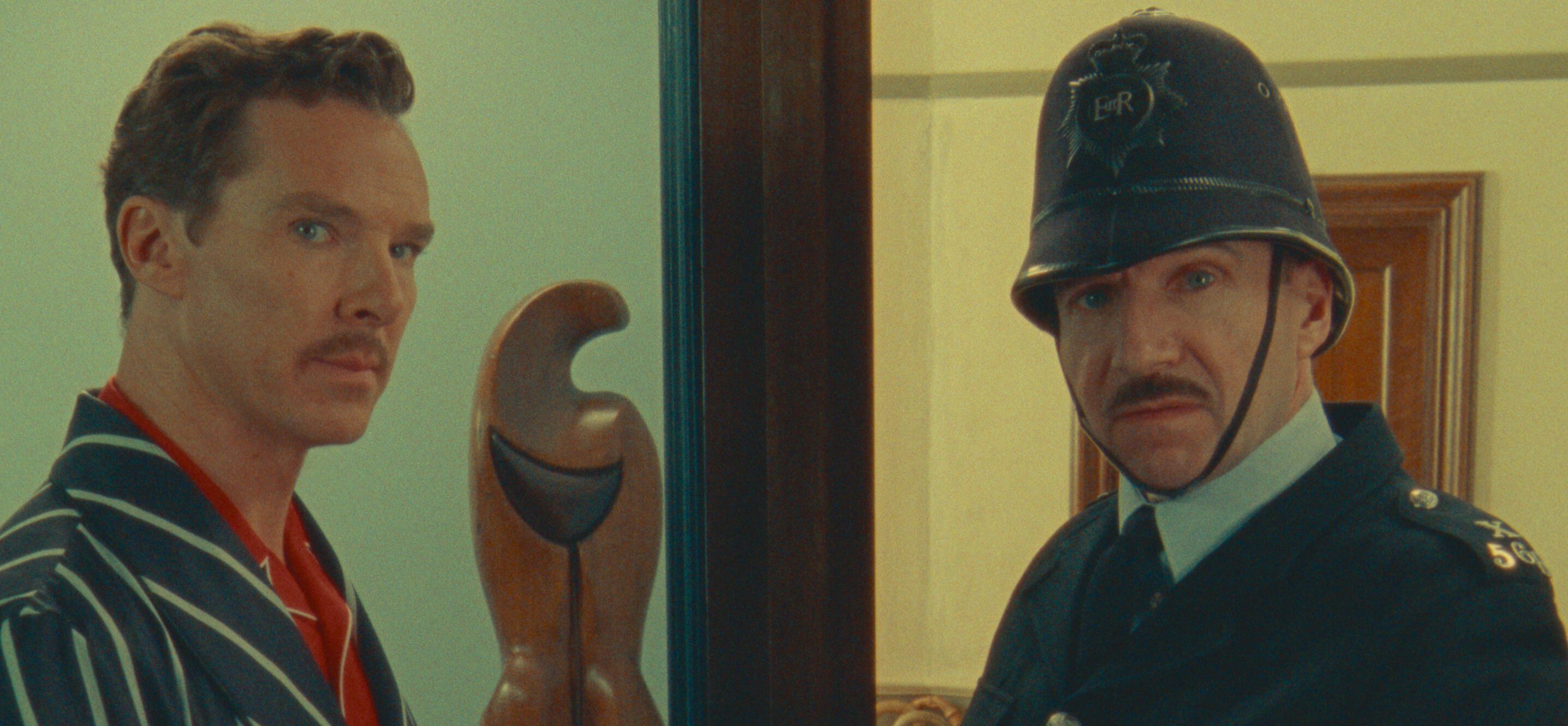Directed by Wes Anderson, Netflix’s fantasy short film ‘The Wonderful Story of Henry Sugar’ centers around Henry Sugar, a rich British man obsessed with gambling. When he learns about a Kashmiri fakir who could see with his eyes closed, Henry sets out to garner the same ability to use it in casinos to become a wealthier man. The short film progresses through Henry’s efforts to master the unbelievable skill, which also turns his life around. Since Henry claims that he is a real person and his story is based on a true story, the viewers must be wondering whether there’s a real-life counterpart to the protagonist. Well, let’s find out!
Roald Dahl’s Henry Sugar
Henry Sugar is a fictional character and doesn’t have a real-life counterpart. Roald Dahl conceived the character for his eponymous short story, which serves as the source text of the short film. The genesis of Henry Sugar as a character can be traced back to Dahl’s interview with Kuda Bux, a Pakistani mystic and magician who is well-known as the “Man with X-Ray Eyes.” Bux, the inspiration behind the character Imdad Khan, claimed that he was able to see with his eyes closed, in addition to his claim that he could walk through fire without getting burned.

Dahl interviewed Bux for writing the latter’s profile for the July 1952 issue of Argosy magazine, titled ‘The Amazing Eyes of Kuda Bux.’ After writing the profile, Dahl conceived a character named Imdad Khan, based on the magician, but only as a secondary character. Dahl was interested in exploring the unbelievable ability of Bux through a fictional character rather than doing the same in a fictionalized biography of the magician, which led to the birth of Henry Sugar. Dahl then integrated the ability to see with the eyes closed to the universally relatable yearning for money through the character of Henry.
The Personification of an Allegory
Dahl’s ‘The Wonderful Story of Henry Sugar’ is ultimately an allegory. Although the short story can be seen as a fantastical version of a Robin Hood tale as Henry uses his ability to build hospitals and orphanages for poor children, it focuses on conveying the message that money is of little to no value when it is not used right. In the short story and short film, Henry spends three years of his life learning how to see through objects by sacrificing all the joys of life. He lives like a hermit inside his luxurious house to learn the trick to make more and more money. He dreams of going to casinos and using his ability to win every game of poker.

When Henry ultimately does win those games, however, he realizes that the money he wins doesn’t carry any purpose. He gets stuck with the ability to make an enormous amount of money till the end of his life but the same money becomes just pieces of paper for him overnight. Through Henry’s tale, Dahl teaches us that the value of money lies in its limited availability. The story adds that it is pointless to fill one’s house with money if the same is not spent for assisting any lives. This realization leads Henry to build hospitals and orphanages since the same provides children with a new life.
Dahl, one of the greatest children’s writers to ever live in this world, used Kuda Bux’s real-life saga to teach his readers a lesson about money but using a fictional Henry Sugar. Even though Henry is fictional, his longing to become richer and richer is universal, which makes him rooted in reality.
Read More: Wes Anderson’s Michael Cera Film to be Shot in the UK


